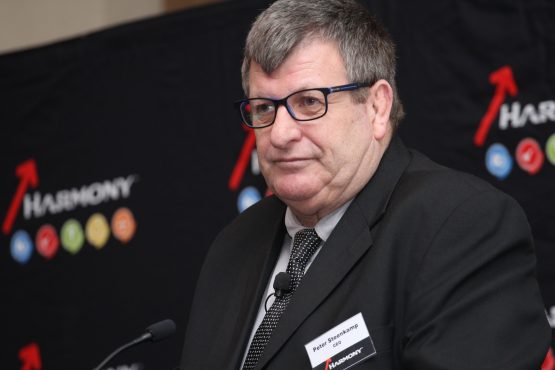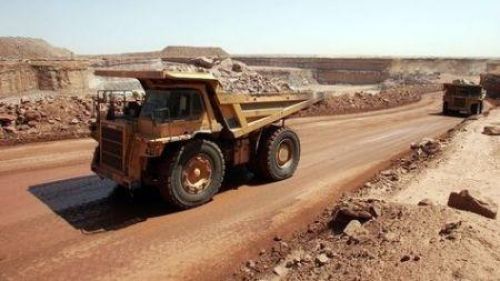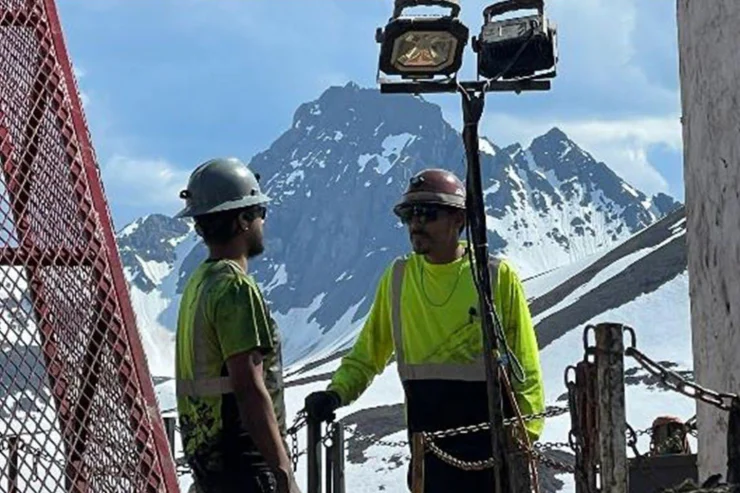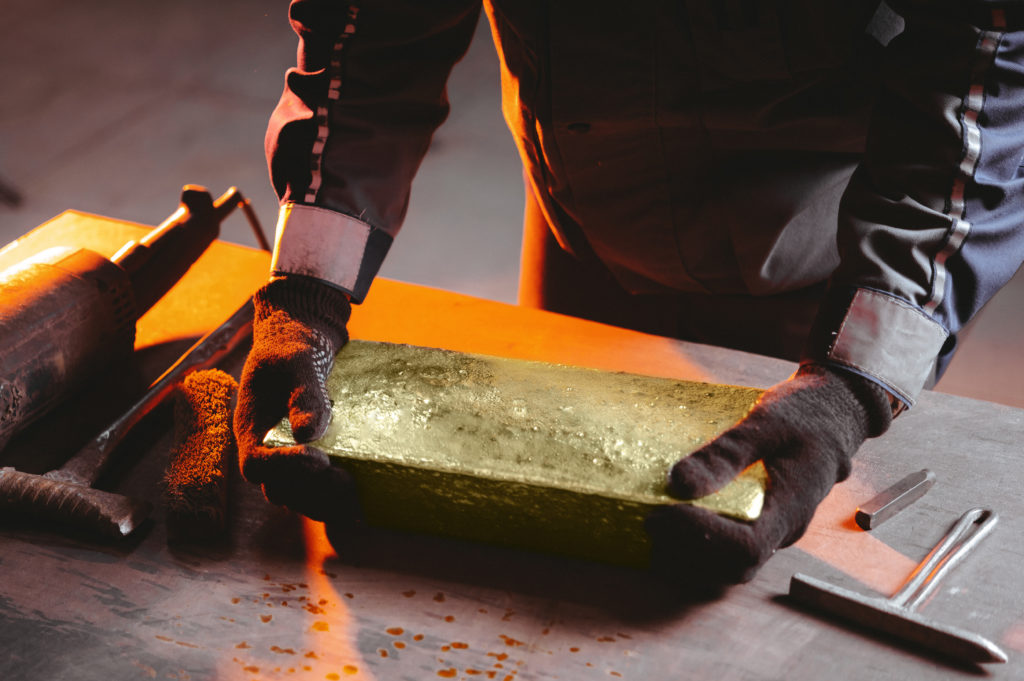Mining

Crisis committee claims police are deliberately misleading the public on Stilfontein’s illegal miners
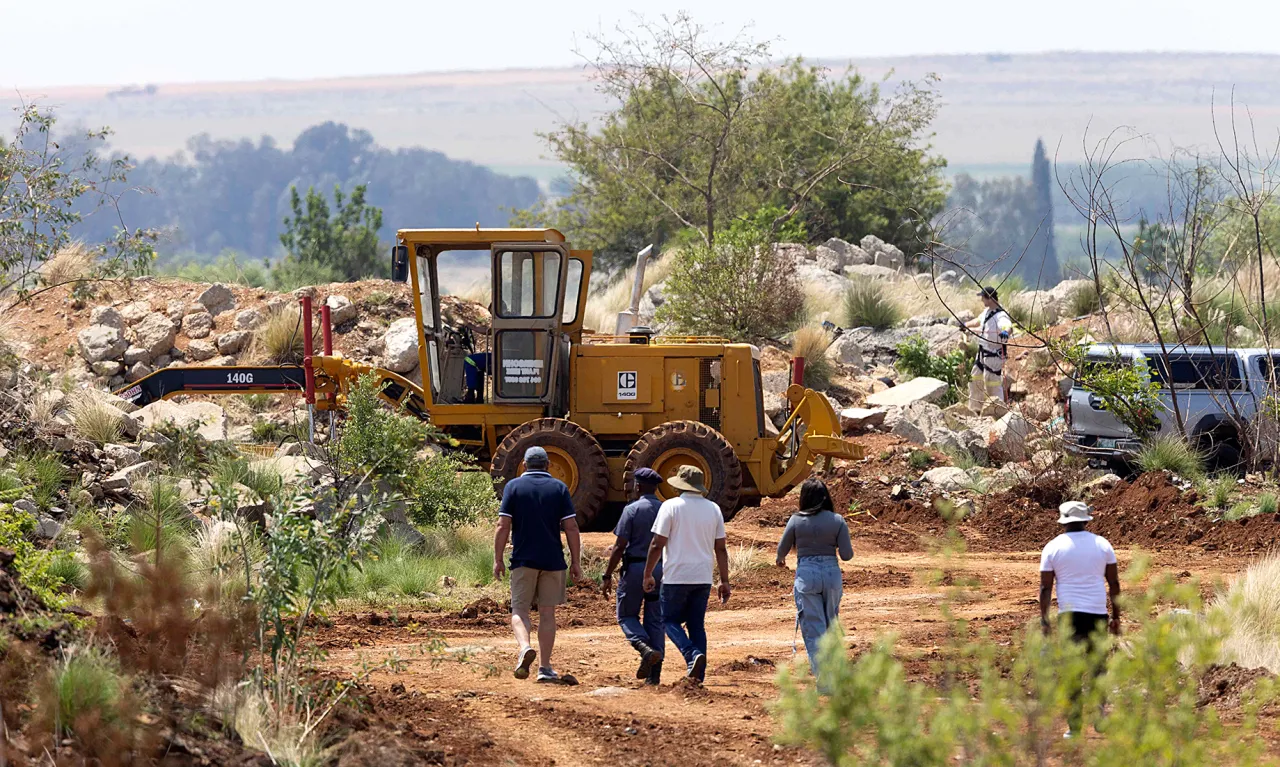
While the South African government claims that many illegal miners in Stilfontein have voluntarily emerged from abandoned shafts, the Stilfontein Crisis Committee reports that miners remain trapped, suffering from severe starvation, dehydration and chronic illnesses. With rescue efforts stalled and the government denying responsibility, calls for urgent intervention are growing louder, including from Mining Affected Communities United in Action, which has filed an urgent application to the Constitutional Court for state action.
The South African government is downplaying the gravity of the situation of the illegal miners who remain underground at Stilfontein, North West, according to civil society organisations and survivors.
This follows a statement from the South African National Joint Operational and Intelligence Structure (NatJoints) that many of the illegal miners have voluntarily left the tunnels, suggesting they are capable of exiting without external assistance.
“This trend indicates that these individuals have the capability to exit the underground tunnels independently. Their delayed emergence appears to be a tactic to evade arrest by law enforcement agencies,” Lieutenant General Tebello Mosikili said.
Mosikili added that claims suggesting the miners are trapped because of police action are inaccurate. While the South African Police Service (SAPS) has secured the area to prevent further illegal activities, exit points have been set up to allow miners to surface safely and face legal procedures.
“The miners possess the means to exit independently, as demonstrated by those who have surfaced recently. The government upholds the rule of law, and while not providing aid to facilitate illegal activities, has measures in place to ensure the safety and humane treatment of individuals who choose to come above ground,” she said.
Mosikili disputed claims of a food shortage underground. Contrary to reports that supplies ran out months ago, evidence suggests that the miners had access to provisions until recently, she said.
She added that reports suggesting any supplies reaching the miners are controlled by underground syndicates, leading to unequal distribution and exploitation, are unverified. The government has not authorised any official aid deliveries to individuals involved in illegal mining.
Mosikili emphasised that the South African government remains committed to addressing illegal mining, which poses significant risks to both individuals and the broader community. Ongoing operations such as Vala Umgodi – a crackdown on illegal mining – aim to rehabilitate abandoned mines and prevent further exploitation.
“Government is also working to address the underlying socioeconomic issues contributing to illegal mining, including unemployment and lack of opportunities. We cannot allow a situation where the government is held hostage,” she said.
Blocked exits and dwindling aid
While the South African authorities maintain that many of the miners have emerged voluntarily from the abandoned mine shafts, civil society organisations and survivors paint a much darker picture.
The Stilfontein Crisis Committee, consisting of community leaders, mining organisations and human rights activists, claims that the miners remain trapped underground, facing dire conditions because of a lack of food and resources. In stark contrast to the government’s claims of voluntary exits, survivor reports compiled by the committee allude to blocked exits, depleted aid supplies and desperate pleas for rescue from miners.
The committee acknowledges that illegal mining is a crime, but stresses that this is not the reason the miners cannot exit. They are trapped in shafts 10 and 11, both of which are more than 2km deep and lined with smooth concrete walls. There are no stairs, ladders, or lifts in place in Shaft 11, while only the remnants of a guard rail for the now-absent lift remain in Shaft 10. The miners can only be pulled to the surface by community volunteers using a rope pulley system, but the rescue effort is slow, with only one miner able to be rescued at a time.
“They are not refusing to cooperate with the police; in fact, they are begging to be allowed to come out. Those who have surfaced so far have been fully compliant with the police. Letters from underground have pleaded for urgent rescue, and there is no indication that the miners are unwilling to be held accountable once rescued,” the committee said.
At Shaft 11, at the current rate, it would take roughly three months to extract all the trapped miners.
The committee has rejected claims that miners can exit through Shaft 10, describing the journey as perilous and complicated. To reach Shaft 10, miners would have to navigate narrow tunnels for at least three days, crawl through toxic water, and risk getting lost. Once they reach Shaft 10, they face a 2km vertical climb, which takes another three days. If any miner falls, they will plummet to their death.
“Before they begin their climb, the miners tie harnesses and rope to themselves so they can climb the old guard rail of the now-absent lift. The miners have to climb the slippery guard rail and, when they are too exhausted to go on, they have to tie themselves to it so they can sleep to regain their strength. If any miner slips and falls, the miners below will be knocked off the guard rail and fall to their death,” the committee said.
A few dozen miners have emerged from Shaft 10, but it is not clear how many have fallen to their death. The committee also disputes the police’s claim that the miners can exit through the Margaret Shaft.
According to the mine itself, there is no open route connecting Shaft 11 to the Margaret Shaft, making this exit option impossible.
The illegal miners are reportedly suffering from severe starvation, acute malnutrition, dehydration and chronic illnesses, compounded by respiratory problems from the damp, foul air underground. Psychological distress is also taking a toll on their wellbeing. With miners rapidly dying and the community-led rescue effort running out of resources, the situation is becoming increasingly dire. The committee stresses that significant intervention is urgently needed for the miners to survive
Complexity of Stilfontein rescue operation
NatJoints has stated that the Stilfontein rescue operation is more complicated than it appears. The rescue team has emphasised the need for specialised resources and expertise, carefully considering both practical challenges and risks, with liability being a major concern. As the SAPS lacks the necessary expertise, it cannot lead the operation.
The operation is further complicated by the depth of the shaft. Unlike the Sabie operation, which involved a 150m shaft, the 2km depth of the Stilfontein shafts makes the operation both challenging and high-risk.
The exact number of miners underground remains unclear. While some sources suggest there are more than 4,000, police estimate that only a few hundred remain. More than 1,000 miners have resurfaced as a result of the ongoing Operation Vala Umgodi.
On Wednesday, North West police spokesperson Colonel Adele Myburgh told Daily Maverick that as of Monday, 30 December, a total of six illegal miners had exited from Margaret Shaft with two of them also in possession of gold. They will appear in Stilfontein Magistrates’ Court on Thursday, 2 January 2025.
“Last week, 60 miners resurfaced from Shaft 10 and Margaret Shaft. Margaret Shaft is currently operational, and water from the shaft is being pumped out of the surrounding mines,” Myburgh said.
“There are more than 20 mine shafts in the Stilfontein area, with only a few currently operational. The mines were originally interlinked, and shutting down some shafts would affect ventilation for others that are still operational. Shaft 11, for example, is a ventilation shaft and 2km deep,” she added.
The Stilfontein Crisis Committee claims that the SAPS is deliberately misleading the public to justify a brutal operation with no legal foundation. It accuses the SAPS of intentionally restricting access to the shafts, which has resulted in a suspension of food supplies and mass starvation – a situation the committee considers a crime against humanity.
In response, Myburgh said all court directives have been fully followed, including the daily provision of food supplies.
“The police are responsible for ensuring a safe and secure environment in South Africa. The impact of illegal mining on our country is immense. The court has ordered that food provisioning must be allowed, and we are complying with that order,” she said.
The committee insists that the miners be brought to the surface immediately using a crane and a motorised winch capable of lowering a metal cage with a steel cable approximately 2km long. In the meantime, it emphasises the urgent need for substantial food and humanitarian aid to be sent down to the miners.
“This specialised machinery is the only way of bringing people up speedily enough to save those still clinging to life. It has been estimated to cost R11-million, something the community efforts cannot afford, only the state and the private company can,” the committee said.
Macua approaches the Constitutional Court
On Monday, 29 December 2024, Mining Affected Communities United in Action (Macua), with support from Lawyers for Human Rights (LHR), filed an urgent application for direct access to the Constitutional Court. The application seeks to compel the state to fulfil its constitutional duty to protect the trapped miners in Stilfontein. This follows a previous ruling in December 2024 by the Gauteng Division of the High Court in Pretoria that dismissed Macua’s request to mandate the state to provide aid and initiate rescue operations at the mine.
Macua argues that the high court, under Justice Mazibuko AJ, erred by absolving the state of responsibility for the miners’ survival. The court had ruled that community groups and charities could provide aid, but the state and the mining company that abandoned the mine were not obligated to intervene, a decision Macua deems a miscarriage of justice.
Macua points to the failure of Buffelsfontein Gold Mine and the Department of Mineral Resources (DMRE) to properly close the mine, as well as the SAPS Operation Vala Umgodi targeting illegal mining, as contributing factors. The organisation asserts that both the DMRE and SAPS have created the conditions for this crisis and are legally obligated to remedy the situation.
Additionally, Macua holds the Minister of Social Development responsible for providing social assistance and the Minister of Cooperative Governance for disaster management, and holds both accountable for failing to act. It argues that while the court acknowledged the miners’ plight, it incorrectly concluded that the state had no legal obligation to rescue them.
Macua is requesting the Constitutional Court to order the relevant state entities – including the North West MEC for Community Safety, the Minister of Mineral and Petroleum Resources, the Minister of Police, the Minister of Social Development and the Minister of Cooperative Governance — as well as Buffelsfontein Gold Mine, to provide immediate humanitarian aid, including food, water, and medication, within two hours of the court’s judgment. The organisation also demands that rescue operations at shafts 10 and 11 begin immediately.
“Macua wishes to once again emphasise the fact that the more the state is allowed to shirk its constitutional obligations in rescuing the trapped miners, the more people will die. Recent reports from underground indicate that more people have died in the intervening periods between our last court appeal and our application to the Constitutional Court. We have warned on several occasions that decisive actions need to be taken now,” Macua spokesperson Magnificent Mndebele said.







